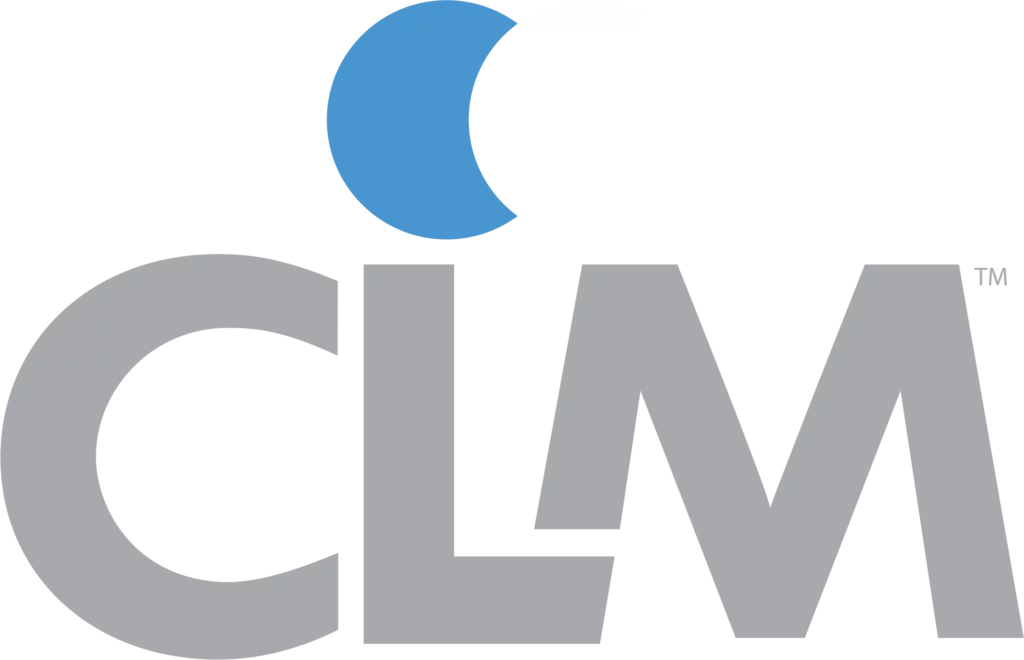In the fast-paced world of sales and marketing, the pursuit of an effective development process is never-ending. My journey began at Hewlett Packard and Extended Systems, where I first built a sales development strategy that I have used ever since. The process is ever evolving and adapting, and I have continued to use it in all my professional endeavors. This blog dives deep into the principles that have not only shaped my professional journey but also defined my personal growth. From fostering continuous learning and cultural appreciation to engaging with community non-profits, refining sales tactics, and upholding quality standards, these principles are the bedrock of sustainable success and meaningful relationships in business and beyond.
We have incorporated this sales development process into CLM’s new business programs and have amplified it through CLM’s marketing strategies like our event series, Flint & Steel, our digital marketing efforts, and our B2B social strategies.
Sales Development Process: The Four BEs
BE Interesting
In James Web Young’s seminal book, A Technique for Producing Ideas (published 1928), Young emphasizes the importance of constantly enriching one’s mind to fuel creativity and solve problems effectively. For me, reading has always been a primary channel for continuous learning, fueled by a naturally curious mind that thrives on asking questions and absorbing the insights from those around me, especially those committed to lifelong learning.
Over the years the Surkamer home has hosted numerous exchange students from all over the world, turning our home into a hub of cultural exchange. These experiences have been invaluable, providing my family with a deeper understanding of the world. While we no longer host exchange students, we’ve continued the tradition of expanding our cultural experiences through travel, most recently to Spain for the wedding of a former exchange student who had stayed with us many years prior. The trip was illuminating, vividly reminding me of how travel broadens one’s perspective and deepens appreciation for cultural diversity.
In addition to cultural expansion, I have sought other avenues to help expand my knowledge horizon, including listening to podcasts during my daily walks. One area I have recently found myself curious to learn more about has been the rise of AI. Eager to understand the nuances distinguishing traditional CPUs from AI-driven GPUs, I sought out a podcast that explained this in depth. Despite initially confused with the concepts, particularly the specialized functions of GPUs, such as matrix algebra, which is pivotal in graphical processing and big data machine learning – I was reminded of a valuable lesson from a former professor: not until you are confused do you stand to learn.
In reflecting on my journey—from enriching cultural exchanges in our home to enlightening travels abroad, and diving into the complexities of AI technology—I realize these experiences have not only broadened my horizons but have also equipped me with a tapestry of stories and insights. This tapestry allows me to connect on various levels with a wide range of individuals, embodying the essence of what it means to be truly interesting.
As we navigate the ever-evolving landscape of our lives and careers, intentionally seek out new experiences, ask questions, and embrace the journey of discovery. Through this process we don’t just become more interesting individuals—we become conduits for shared understanding and connection. Be invested in lifelong learning, and let that learning illuminate the path to meaningful interactions and enduring success. BE Interesting.
BE Engaged
Being involved with non-profits in your community is a unique and un-selfish way to make contributions to causes that are important to you and connect you with other leaders with whom you share similar passions. Start your journey to making a meaningful impact by exploring and researching local non-profits. A valuable resource for this exploration is GuideStar. There you can discover over 1.8 million IRS-recognized tax-exempt organizations. GuideStar provides in-depth insights into each organization’s financial health, leadership structure, mission, and core values, alongside the specific issues they tackle and the communities they assist.
Learn about their core values, the issues they address, and the communities they serve. Assess your own skills, interests, and resources that you can contribute to the non-profit. Make a short list of organizations whose needs align with areas where you want to contribute. Contact your short list of non-profits to express your interest in getting involved and inquire about opportunities for volunteering, participating in events, or joining committees or advisory boards.
Finding the right non-profit organization where you can contribute meaningfully might require time and patience. Remember, your engagement not only benefits the causes you care about but also weaves you into the fabric of your community alongside other business leaders making a difference. Your involvement not only fosters positive change in your community but also enriches your own life with purpose and connection. Be patient, be persistent, and above all, BE Engaged.
Be Developing
Time is our most valuable resource, and the funnel is real. In the realm of business, a great many opportunities are required to close a few. Be curious about the businesses of the people with whom you are talking. Ask open questions and listen closely. Defining problems for which the products or services you represent is the first step. As soon as you identify a budding opportunity, make it a routine to qualify it at regular intervals. Update your strategic sales plan accordingly to leverage your strengths and minimize your weaknesses.
Qualify opportunities from a product, business, political and competitive point of view. Be careful with how you use your resources before, during and after a sale. Keep in mind, checking if a deal is worth pursuing isn’t a one-time thing; it’s something you need to keep doing over and over, from start to finish, considering what you, your customer, and even your competitors are thinking.
Some of the key qualifying questions are:
- Is there an opportunity?
- Is the project defined and are the funds allocated?
- Is there a defined compelling event?
- Can we compete?
- Is there formal decision criteria?
- Does our unique business value fit?
- Can we win?
- Do we have executive credibility?
- Are we aligned, politically?
- Is it worth winning?
- Will it be profitable short and long term?
- Is there strategic value?
As new prospects enter your funnel, subject them to this rigorous qualification cycle repeatedly. The essence of business development lies not just in attracting opportunities but in meticulously qualifying them to focus your efforts where they count the most. Be ever refining your approach to foster not only growth but sustainable success. BE Developing.
BE Quality
The last technology company in which I worked, Extended Systems, was growing international business rapidly. Several of the F500 companies, Daimler Benz, LM Ericsson, Orange Telecom, Bayer and more told us we needed to become a certified quality supplier using the International Standards Organization process, ISO-9001. To become certified, all the company’s processes and procedures must be documented and proof of following them must be shown. This ranged from how we developed new products, tested components, and finished goods to even how we handled travel requests and expense reports. Every process needed to be documented and followed. Everything.
The foundation of being a quality organization or ISO-9001 certified could be distilled down to two simple yet profound principles: “Say what you do. Do what you say.” Within this simplicity lies genius. If a process isn’t working and needs to be better, then it’s time to change it and stick to the new version. Being “quality” is an iterative constant improvement process.
Developing trust in business relationships hinges on consistently setting expectations, then meeting and surpassing them. It takes a lot of effort to be an effective business developer, but building lifelong, quality relationships at work makes all the hard work worthwhile. Leadership Demands Constant Achievement. BE Quality.
If your organization would like some help building a growth-oriented culture, give us a call. Or visit our Learning & Development Consulting Services page and schedule a free discovery call.





